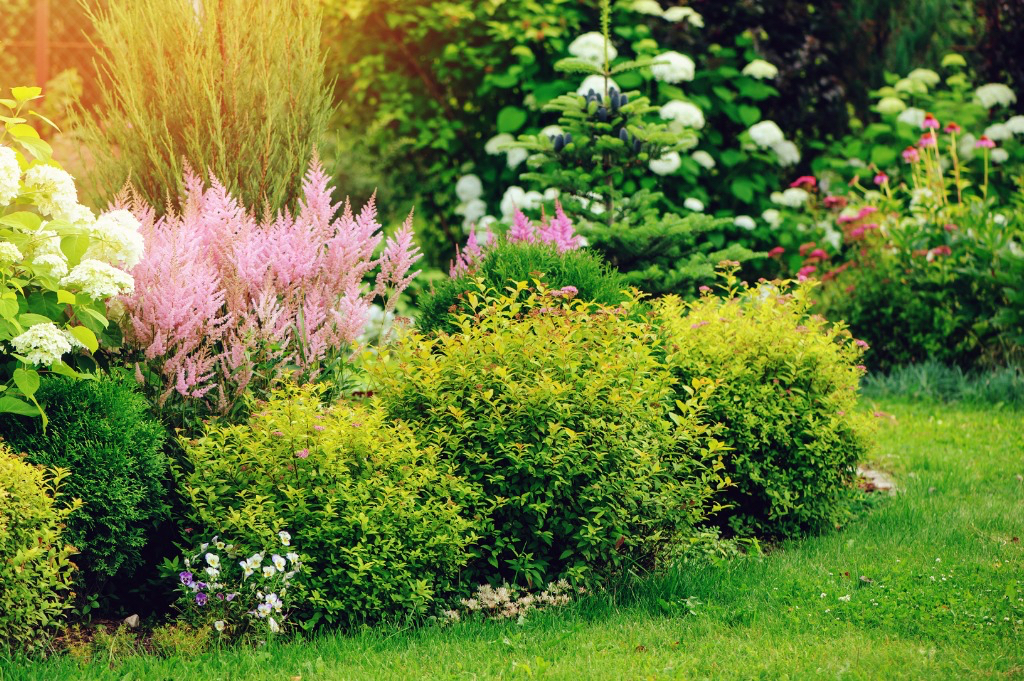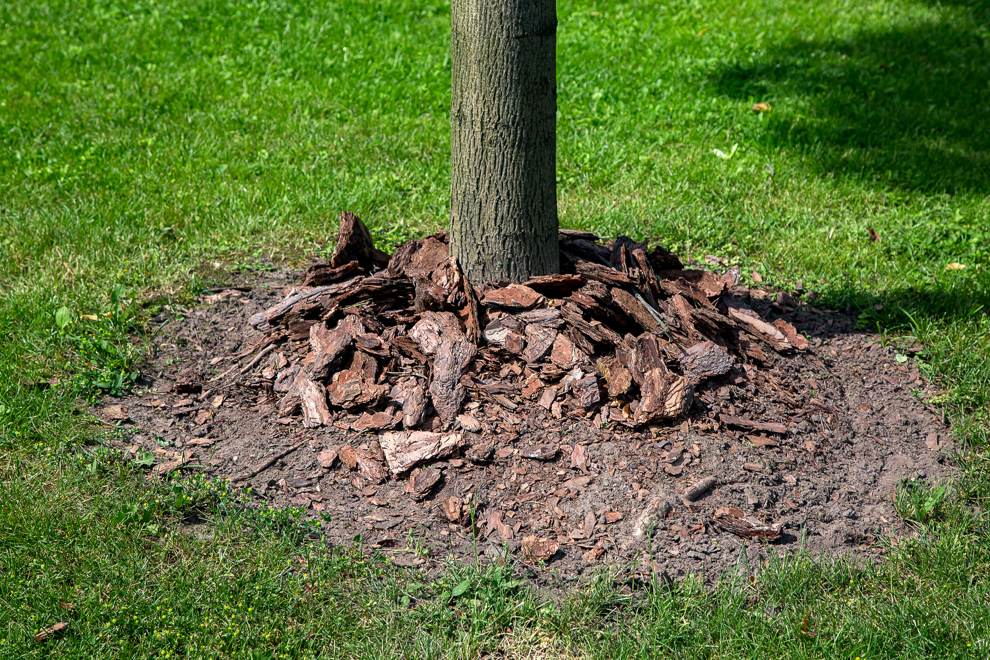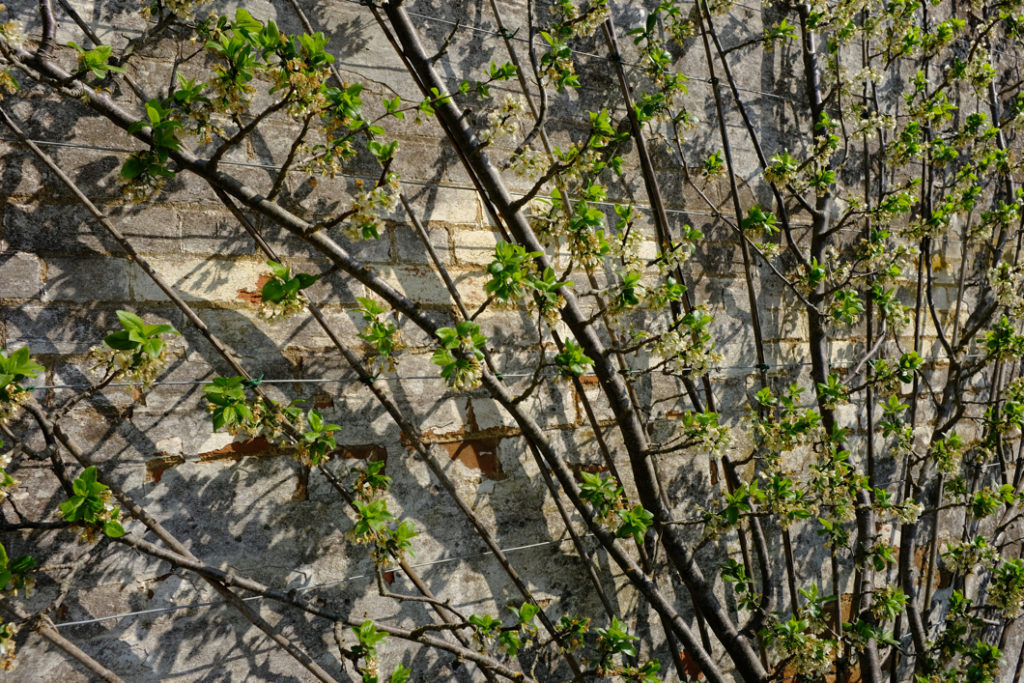
Elizabeth is a Permaculture Garden Designer, Sustainability Consultant and Professional Writer, working as an advocate for positive change. She graduated from the University of St. Andrews with an MA in English and Philosophy and obtained a Diploma in Applied Permaculture Design from the Permaculture Association.
Reviewed By DAN ORI

Dan has over 27 years’ under his belt caring for plants and gardens. Working as a Horticultural Instructor and Consultant, he draws on a diverse range of experience that includes working as a Head Gardener, Tree Surgeon, Garden Centre Trouble Shooter, and writer of academic papers. Dan has a Level 3 Diploma in Horticulture and is currently a candidate for the RHS’s most prestigious award – The Master of Horticulture.
Contributions From PETER READER

Peter Reader transitioned from a career as a GP to pursue his passion for garden design. He earned a Diploma in Garden Design with Distinction from the prestigious KLC School of Design and is an RHS Silver-Gilt award winner. Peter is also a member of the Society of Garden Designers.
In gardening, we often talk about deciduous plants, but what does deciduous actually mean?
If you would like more information on this term, this simple guide should help.
Some plants we use in our gardens are deciduous, some are evergreen.
These terms are simply used to describe what happens to the plants over the winter months (or during other seasons in subtropical, tropical or arid regions).
What Does Deciduous Mean?
Deciduous plants are plants which lose their leaves for a certain part of the year.
In the UK, and other temperate climate areas, leaf loss usually coincides with winter.
Deciduous plants lose their leaves in a process which is known as abscission.1Gulfishan, M., Jahan, A., Bhat, T. A., & Sahab, D. (2019). Abscission. Senescence Signalling and Control in Plants, 2019, 255–272. https://doi.org/10.1016/b978-0-12-813187-9.00016-0
“I’m a big fan of deciduous plants, as you get a lot more change through the seasons, including structural shape in the winter and budding green leaves in the spring,” shares Garden Designer Peter Reader.

Evergreen plants are those which, unlike deciduous plants, keep their foliage all year round.
Evergreen plants do lose leaves, but not all at once, so they remain green no matter the season.
Some plants are semi-deciduous and may lose old foliage as new growth begins.
Some other plants are semi-evergreen, and they retain some leaves during winter, even though they shed some before the beginning of the next growing season.
Some deciduous trees, notably oaks and beech, may retain dead leaves for some or all of the winter.
This is called marcescence and trees which exhibit this are sometimes called ‘everciduous’.2The Essence of Marcescence. (2021, December 13). The Arnold Arboretum of Harvard University. Retrieved March 14, 2023, from https://arboretum.harvard.edu/stories/the-essence-of-marcescence/
Why Do Deciduous Plants Lose Their Leaves?
The loss of leaves on deciduous plants is a normal part of their life cycles.
This is the natural strategy that these plants have developed as the growing season comes to an end and they enter into a period of dormancy.
Through the growing season, a plant’s leaves work hard, turning sunshine and CO2 into food to sustain the plant – but with changing light levels and lowering temperatures, deciduous plants prepare to enter a period of rest.3Plants In The Food Chain | How do Plants Make Food? (n.d.). The RSPB. Retrieved March 14, 2023, from https://www.rspb.org.uk/birds-and-wildlife/natures-home-magazine/birds-and-wildlife-articles/food-chains/making-food/

They shed their leaves, which drop to the ground and break down to cycle nutrients through the natural system.
Deciduous plants have evolved to drop their leaves for a range of reasons.
In temperate climes, a key evolutionary advantage of leaf loss is that it helps the plants survive winter weather, and conserves water.
Losing leaves may also reduce damage from insects and predation.
Key Examples
In the UK, there are several key types of deciduous woodland, including many native and naturalised deciduous trees, and also small pockets of ancient woodland with plenty of deciduous trees.

We can replicate those natural ecosystems in our gardens.
Deciduous plants include:
Deciduous Trees
Deciduous trees include most native trees in the UK, except box, holly, juniper, Scot’s pine and yew.
Most fruit trees that are commonly grown in gardens in the British Isles are also deciduous.
Deciduous Shrubs
Shrubs that are deciduous include many ornamental garden favourites such as:
The list could go on!

Deciduous shrubs also include fruiting bushes, such as currants, gooseberries and raspberries.
Herbaceous Perennials
Herbaceous perennials lose their leaves and die back, often entirely, over the dormant period before springing back into life in the spring.
Some popular herbaceous perennials include:
Deciduous Plant Care
Deciduous trees, shrubs and herbaceous plants number among them many of the easiest and lowest-maintenance plants grown in UK gardens.
Often, when carefully chosen to suit the growing conditions where you live, they will thrive with remarkably little care and attention from you.

When choosing deciduous trees and shrubs, it is important to think about the growing conditions, as things like sunlight and shade, wind, water availability and soil will make a big difference in how well these plants thrive.
Planting
Hardy deciduous trees and shrubs are often planted bare-root over the dormant season.
They should be placed into large planting holes and the soil firmed in well around them.
Deciduous herbaceous perennials are also planted bare-root over the dormant period or planted at any time if pot-grown.
When To Plant
Depending on the species, late autumn or early spring can be good times to plant almost all deciduous plants.
Watering & Mulching
It can be beneficial to mulch well around their bases, though you should take care not to mound mulch around the trunk or stem/stems.

In terms of care, most deciduous plants should be well watered during dry spells until they become established and mulch should be replenished each spring.
Pruning
Pruning deciduous trees and shrubs is usually something to undertake in the dormant period, before sap rises.
Though different species have somewhat different pruning guidelines, generally, the goal is to remove dead, damaged or diseased material, and to create an open framework of branches for healthy growth.
Pruning can also be used to shape species and make the most of the space available, like when fruit trees are pruned as espalier, fan or cordon trees.

Herbaceous perennials which are deciduous will often die back to the ground in winter, though some may leave behind some standing dead foliage and stems.
These can be cut back at the end of the season, though leaving these in place for wildlife before cutting back in spring can often be a good idea.
As long as you have chosen the right plants for the right places, you should find it easy to care for the deciduous plants in your garden, as Master Horticulturist Dan Ori shares:
“It is always a good idea to double-check when and how to prune any plant. For instance, pruning a Prunus in winter could result in poor flowering and disease.”
References
- 1Gulfishan, M., Jahan, A., Bhat, T. A., & Sahab, D. (2019). Abscission. Senescence Signalling and Control in Plants, 2019, 255–272. https://doi.org/10.1016/b978-0-12-813187-9.00016-0
- 2The Essence of Marcescence. (2021, December 13). The Arnold Arboretum of Harvard University. Retrieved March 14, 2023, from https://arboretum.harvard.edu/stories/the-essence-of-marcescence/
- 3Plants In The Food Chain | How do Plants Make Food? (n.d.). The RSPB. Retrieved March 14, 2023, from https://www.rspb.org.uk/birds-and-wildlife/natures-home-magazine/birds-and-wildlife-articles/food-chains/making-food/

